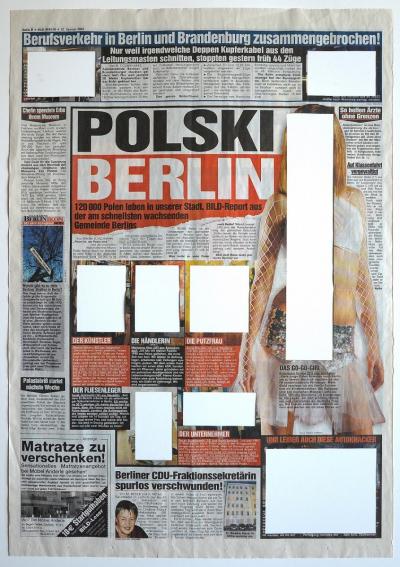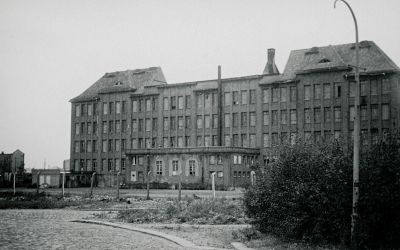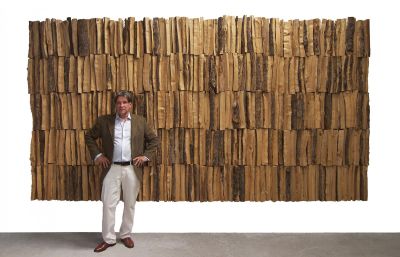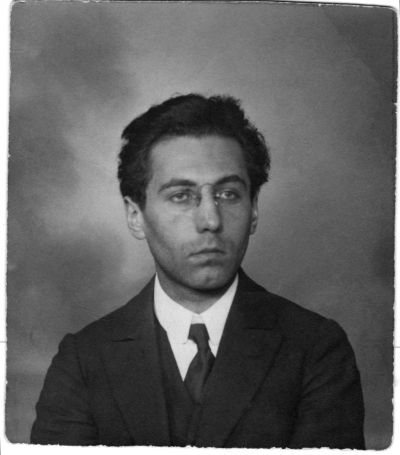Poles in Germany. Roads to visibility
Mediathek Sorted






















![„Pola Negri - unsterblich“ [‘Pola Negri - immortal’] „Pola Negri - unsterblich“ [‘Pola Negri - immortal’] - A film documentary about the life and work of one of Germany's greatest silent film stars of Polish origin. (German)](/sites/default/files/styles/width_100_tiles/public/pola_negri_-_filmstill_2_0.jpg?itok=2xsBI27X)
„Pola Negri - unsterblich“ [‘Pola Negri - immortal’]

„Drei Tage im November. Józef Piłsudski und die polnische Unabhängigkeit 1918“













Artur Brauner - Ein Jahrhundertleben zwischen Polen und Deutschland


Teresa Nowakowski (101) im Gespräch mit Sohn Krzysztof, London 2019.





Karol Broniatowski's memorial to the deported Jews of Berlin


Film "The Madman and the Nun" - St. Ignacy Witkiewicz, Filmstudio Transform, Director: Janina Szarek

WORMHOLE, 2008


Interview with Leszek Zadlo


ZEITFLUG - Hamburg







Der Planet von Susanna Fels
























![A film documentary about the life and work of one of Germany „Pola Negri - unsterblich“ [‘Pola Negri - immortal’] - A film documentary about the life and work of one of Germany](/sites/default/files/styles/width_100_tiles/public/pola_negri_-_filmstill_2_0.jpg?itok=2xsBI27X)





































Migratory people
Over the centuries, people have migrated from Polish to German territories. Generally speaking, though, this was not mass migration, as opposed to the migration movements from west to east which, since the High Middle Ages, had seen large populations of German-speaking people streaming into eastern Central Europe in the course of territorial expansion (“Ostsiedlung”). Representatives from the elite in particular made to move to the West. These included a number of Polish princesses, predominantly from the Jagiellonian dynasty. The most well known of these must surely have been Jadwiga (Hedwig), a daughter of King Kasimir IV, whose wedding to Duke Georg the Rich of Bavaria-Landshut in 1475 was celebrated with a lavish celebration.
But there were also other reasons to migrate to the West: Merchants from Polish lands, often Jews, sought out the large trading towns and fairs in Breslau or Leipzig; some from Danzig, often Germans, carried out their business throughout half of Europe. Moreover, the Jewish communities in the Old Empire maintained close contact with the much livelier Jewish centres in the Polish-Lithuanian Commonwealth. Many centres of European learning were also to be found in German lands, which is why large numbers of Polish students found their way to Cologne, Heidelberg, Leipzig or Königsberg. Many academics from Poland stayed in the Empire, for instance Matthäus from Kraków, who was Bishop of Worms from 1405 to 1410, or Johannes a Lasco, who established the Protestant church in East Frisia in the 1540s. A highpoint of the migration of the Polish elite was when August II and August III from the Saxon Wettin dynasty were on the Polish throne between 1697 and 1763 and Dresden attracted the nobility, officers, statesmen and artists from Poland. Jan Henryk Dąbrowski, who grew up in Hoyerswerda, became famous as one of Napoleon’s generals.
Worth mentioning are two settlement areas of Polish-speaking populations in regions that later belonged to the German Empire or to Prussia: The Masurians in southern Prussia, who had migrated to there from Mazovia since the 14th century, and the Polish population in Silesia, who were predominantly able to establish themselves in a large part of Upper Silesia.



























































































